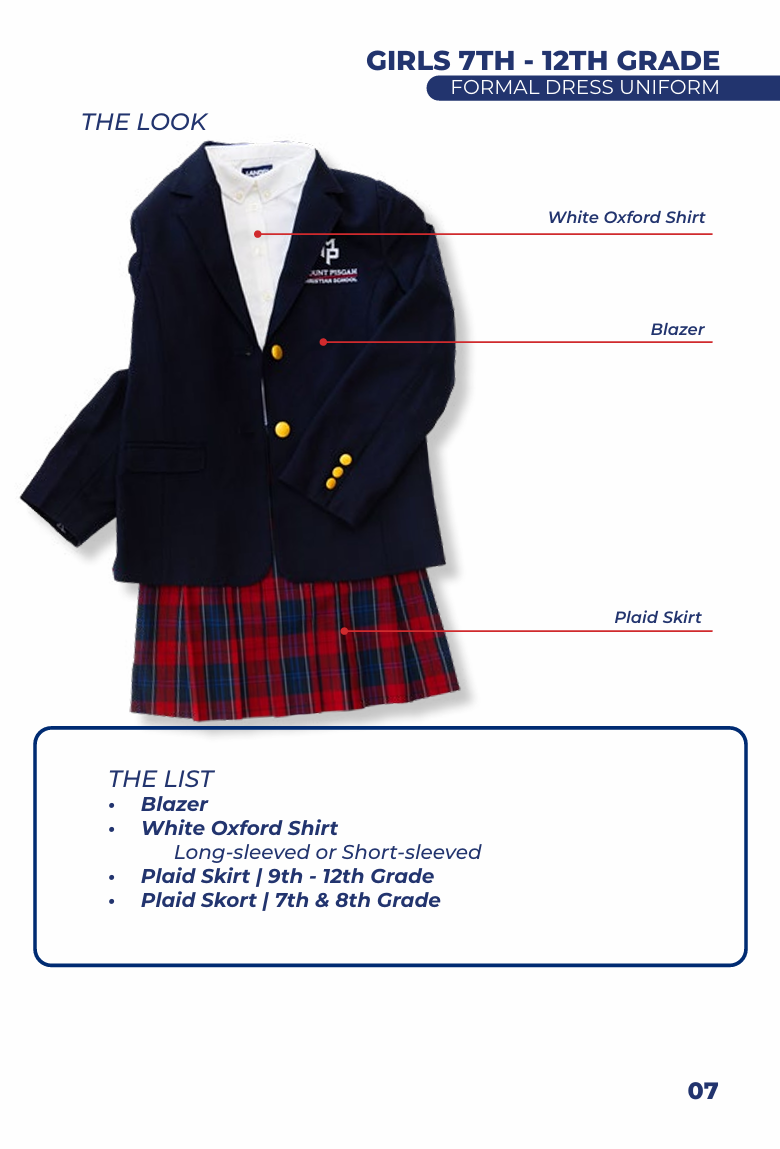Have you ever noticed you interact with one video and then continuously see similar videos? That’s not a coincidence – it’s the result of an algorithm at work.
Junior Phoebe Koch says that she is on social media and has an idea of what an algorithm is and what it does. She describes it as a procedure or a set of things that help collect data.
Tying this into her social media life Koch adds, “I think my feed shows me certain things because it is what I have searched up or watched longer, making it seem like I am more interested in those certain topics.”
Social media apps like TikTok, Instagram, and YouTube use algorithms to decide which content pops up on your feed. These algorithms take into account nearly every move you make: what you watch, how long you watch, if you pause, what you like, and what you comment on. Based on that behavior they will try and decide what you’ll enjoy next, and more of it.
While this may make your experience feel more entertaining and personalized, it comes with a downside.This content starts to feel repetitive and you may find yourself in a loop. Constantly seeing the same videos also limits your exposure to different ideas and perspectives.
This is sometimes referred to as being stuck in an “echo chamber”. This is when your own thoughts and interests are echoed back on you, and all new and different ideas are filtered out.
Understanding how algorithms work is important, especially as social media becomes a bigger part of daily life. It is necessary to know how the internet is tracking what you do, and using that to decide what you will see next.
English teacher Carly Morris gives tips on boundaries with social media saying.
“My advice is to create healthy boundaries for yourself. Whether you’re using the screen time limit feature on your phone or allotting yourself a certain amount of time per day to be on it, I think it’s wise to avoid spending hours scrolling. I’m guilty of that, but I am trying to be better,” said Morris.
The next time you’re scrolling think about what you are watching and how these interactions are shaping what you see. Maybe try clicking on something out of your usual interests, and you may be surprised how your algorithm begins to change.









